How to Calculate FCL Shipping Costs: A Comprehensive Guide
If you have any inquiries on logistics / supply chain, feel free to contact FreightAmigo now:
Chat with us online | Hotline: +852 28121686 | WhatsApp: +852 27467829
Full Container Load (FCL) shipping is a crucial component of international trade, allowing businesses to transport large quantities of goods efficiently. In this article, we’ll explore the FCL shipping process and how digital logistics platforms are revolutionizing the way companies manage their cargo transportation.
FCL shipping refers to the transportation of goods that fill an entire container. This method is ideal for larger shipments and offers several advantages, including:
The shipper is responsible for packing, counting, loading, and sealing the container. Unloading the container is usually done by the consignee, but can also be done by the carrier at the cargo terminal. The carrier is not responsible for any damage or loss of the cargo inside the container. Generally, there are 20-foot containers, 40-foot containers, and 40-foot high cube containers.
Read more: Differences between FCL and LCL
The FCL shipping process begins with booking a container and preparing the necessary documentation. This includes the commercial invoice, packing list, and bill of lading. Digital Logistics Platforms can streamline this process by automating document generation and providing easy-to-use booking interfaces.
Once the booking is confirmed, the shipper loads the goods into the container. It’s crucial to ensure proper loading and weight distribution to prevent damage during transit. Advanced Digital Logistics Solutions can offer guidance on optimal loading practices and even connect shippers with professional loading services.
Before the container can be shipped, it must clear customs in the origin country. This process involves submitting the required documents and paying any applicable duties or taxes. Digital Platforms can simplify this step by providing integrated customs clearance services and real-time updates on the clearance status.
The loaded container is then transported to the port of origin. Digital Logistics Platforms can help coordinate this inland transportation, ensuring timely delivery to the port and seamless handover to the shipping line.
The container is loaded onto the vessel and begins its journey to the destination port. During this phase, Digital Platforms offer real-time tracking capabilities, allowing shippers to monitor their cargo’s progress across the ocean.
Upon arrival at the destination port, the container undergoes another customs clearance process. Digital Logistics Solutions can facilitate this by providing up-to-date information on local customs requirements and assisting with document submission.
The last step involves transporting the container from the port to its final destination. Digital Platforms can arrange for last-mile delivery, ensuring the cargo reaches its intended recipient efficiently.
Digital Logistics Platforms like FreightAmigo are transforming the FCL shipping experience by offering:
By leveraging these digital solutions, businesses can streamline their FCL shipping operations, reduce costs, and gain greater visibility into their supply chains.

Select “Container” at “Instant Quote” tab.

FreightAmigo will provide you with transparent pricing and transit times from various courier service providers based on the information you enter. You can easily see the cheapest option available.
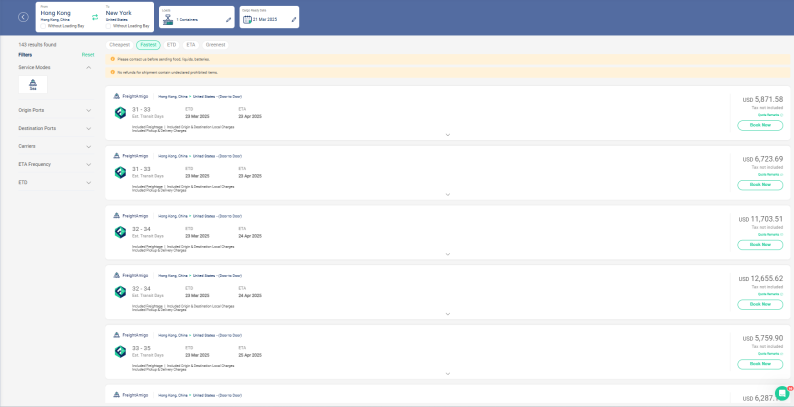
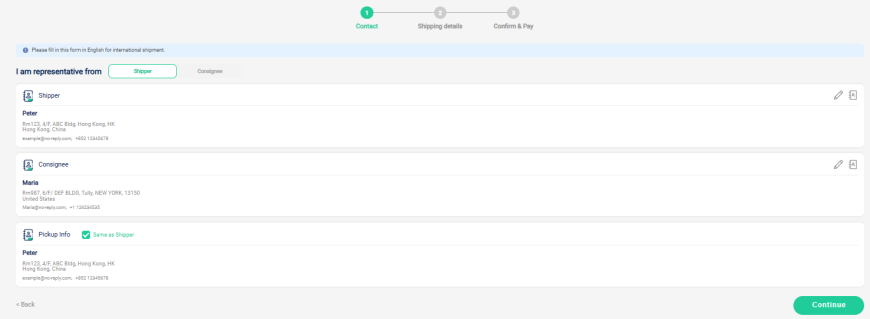
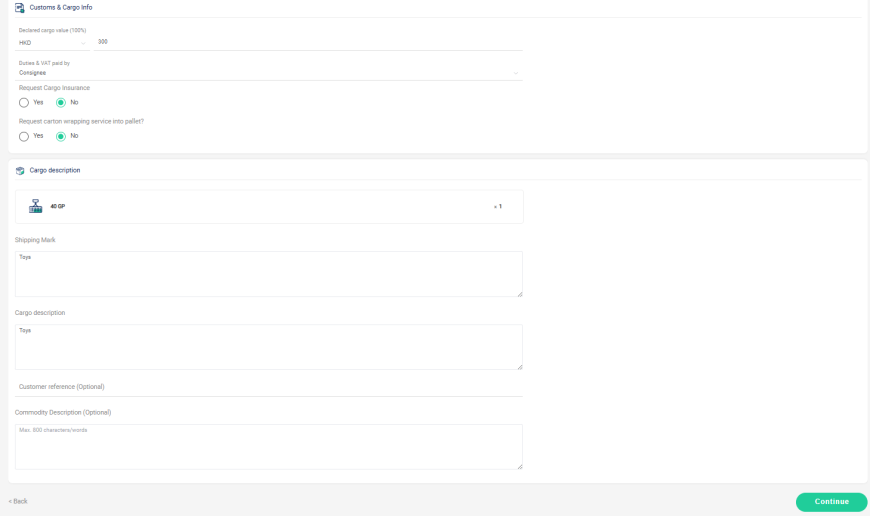

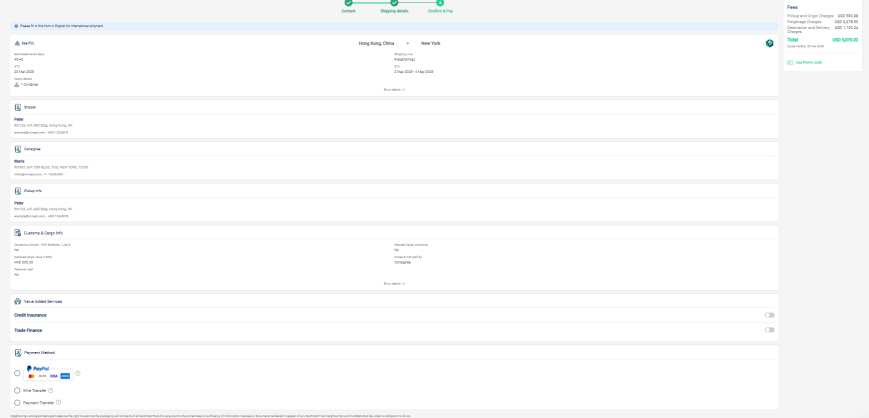
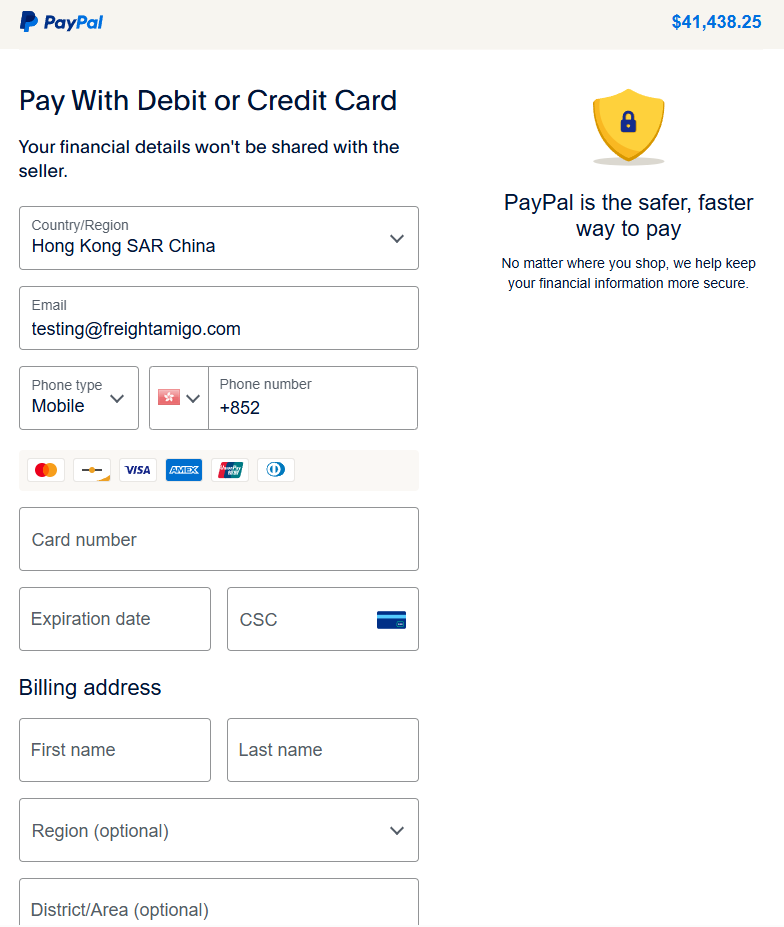
After completing your payment, you can print out the label by clicking “Download Label” You can also download and print the Tracking Label again from the MyShipment section.
If you have difficulties with the shipping label after payment, please contact our customer service assistant.
The FCL shipping process involves multiple steps and stakeholders, making it a complex operation to manage. However, with the advent of Digital Logistics Platforms, businesses now have powerful tools at their disposal to navigate this process more efficiently. By embracing these digital solutions, companies can optimize their FCL shipping operations, ensuring smoother, more cost-effective, and transparent international trade.
Read more:
How to Calculate FCL Shipping Costs: A Comprehensive Guide
If you have any inquiries on logistics / supply chain, feel free to contact FreightAmigo now:
Chat with us online | Hotline: +852 28121686 | WhatsApp: +852 27467829